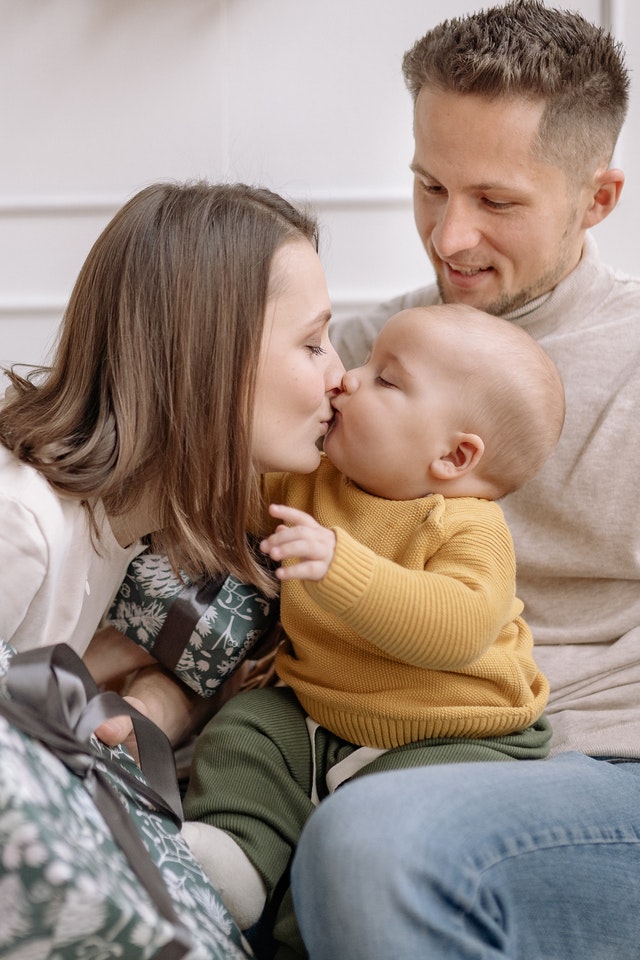
If you’re reading this, you likely live a life of intentionality, sustainability and it’s a top priority for you. Maybe you’ve just found yourself with the incredible news that you’re going to become a parent too. While becoming a parent is thrilling and one of the most exciting milestones in anyone’s life, it doesn’t come without stress and worry. And while there are plenty of meaningful ways to teach small children about sustainable living, there are just as many ways to be a sustainable parent to a newborn. You may think you have it all figured out, but luck favors the prepared. So, whether this checklist confirms what you already had planned to do as a first-time parent or hits on a couple of things you haven’t thought of.
Home Birth
While every new parent needs to understand that even the best-laid plans don’t go according to plan, you can still hope and prepare for them. With that in mind, if you’re comfortable with a home birth instead of a hospital setting, it’s worth looking into. If you’ve ever spent time in a hospital, you know the number of gloves, cups, paper towels, and anything else you can think of that gets discarded. Sure, they’re necessary for a hospital environment, but you may not feel that a hospital is required for your birth. Tons of people opt for home births for reasons beyond sustainability, but it is a motivator for many.
Cloth Diapering
You will find, almost as soon as you bring your bundle of joy home, that even though you are over the moon happy, you are also beyond exhausted. Baby’s take a lot of time and effort, especially in the beginning. Between erratic sleep schedules and nursing, you’re up and down and all around. While the convenience of conventional diapers you buy in a store is alluring, their environmental impact is intense. Investing in cloth diapers is not only great for the environment, but some studies have shown they’re better for your newborn’s delicate skin.
The Textiles You Use
The same way we as adults should reject fast fashion due to their environmental, not to mention humanitarian impact, you should think about this with your baby’s clothing too. From their swaddling blankets and crib sheets to the baby romper they wear on your first nature walk, you want to use the most natural textiles possible. One hundred percent cotton and linen are the best for these items. Not only are they more comfortable on the baby’s delicate skin, but they are also more breathable. Babies are prone to heat rash, acne, eczema, and more as their skin is sensitive, so choosing sustainable textiles is beneficial to the environment and health.
Speaking Of Skin
Speaking of all the skin issues their sensitive bodies can be prone to, it’s a good idea to think of what you will be using on their bodies for bathing, moisturizing, and treating issues that may arise. While some parents opt to make their own baby lotions or shampoos, there are also many natural products on the market that are eco-friendly and healthy for your baby. Spend some time during the pregnancy to research brands and the ingredients they use. Finding brands that share the same values with ingredients you trust is paramount. If you have friends with children who share the same views on sustainable living, reach out to them for recommendations.
Utilize Your Village
They say it takes a village, and that’s certainly true! But, utilize your village to recycle items they may no longer be using for your baby. You don’t need to go out and buy a new crib, changing pad, whatever else you think you may need when friends or family members may already have them collecting dust in their attic. While purchasing a new car seat and stroller is a good idea for safety reasons, reusing other items not only saves you cash but saves the environment too!
Becoming a new parent may seem terrifying at first, but it’s the most rewarding job you’ll have in your life. Investing in your children is just as important as investing in the world you’ll leave to them and future generations. So, use the above-mentioned ways to make the world a better place for your precious baby. Congratulations!



